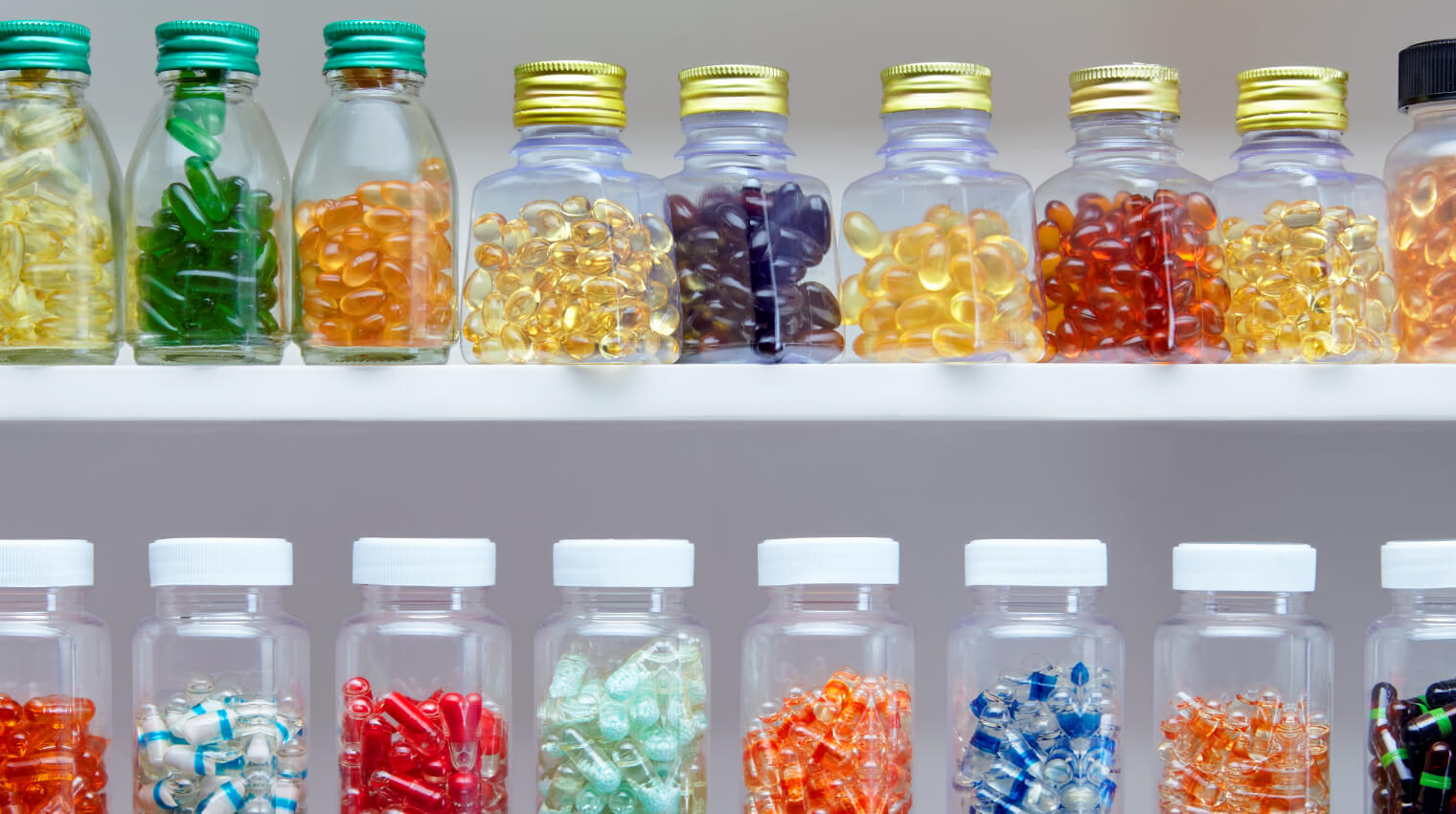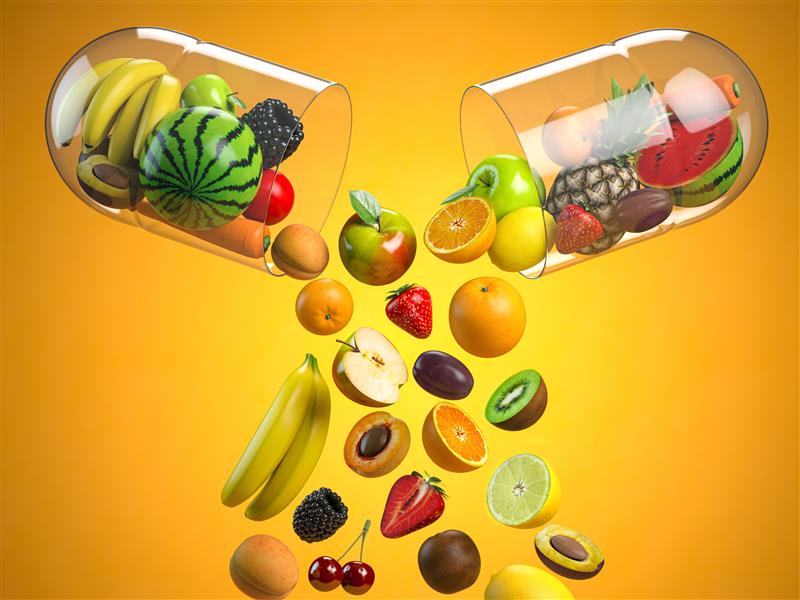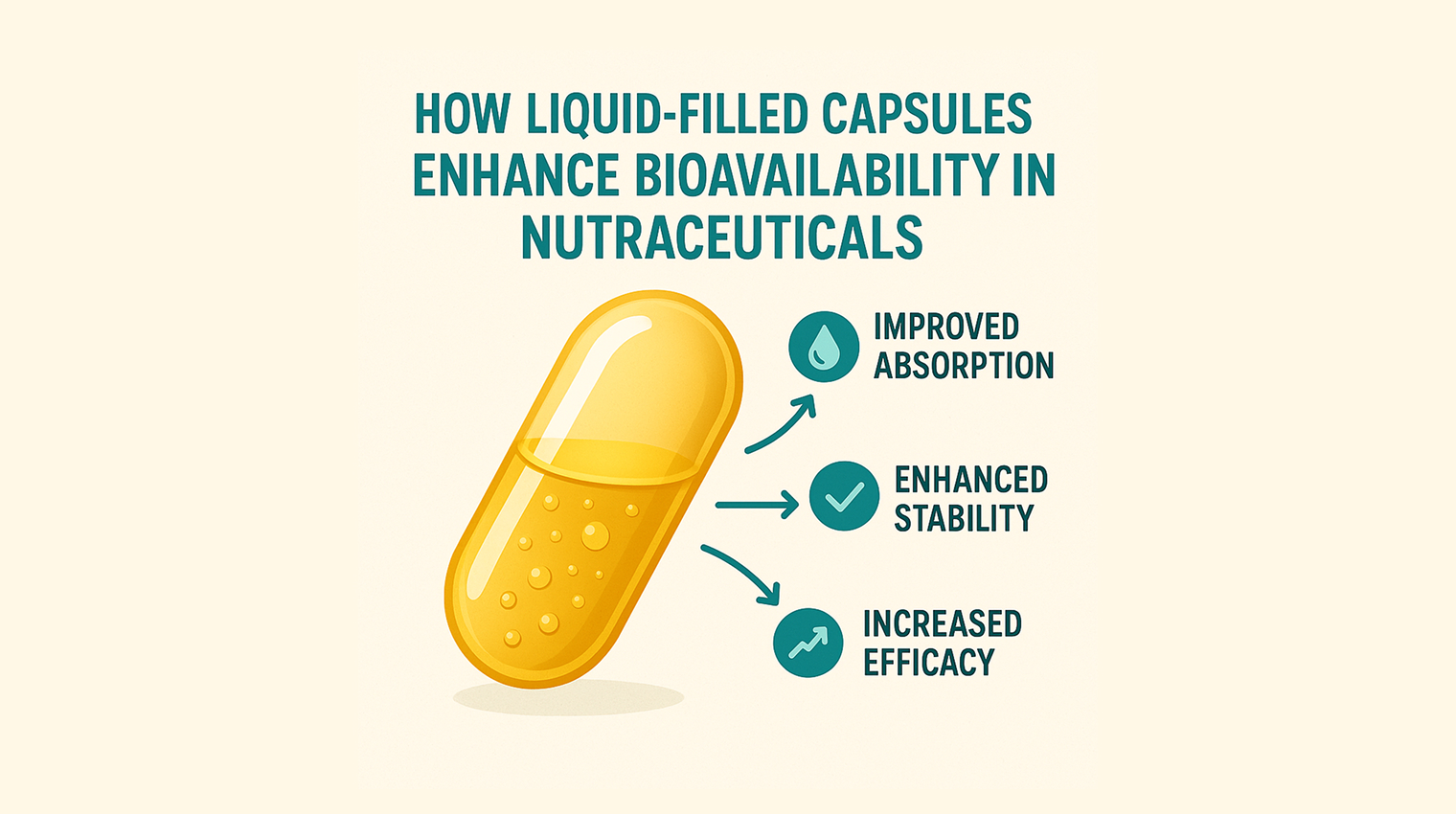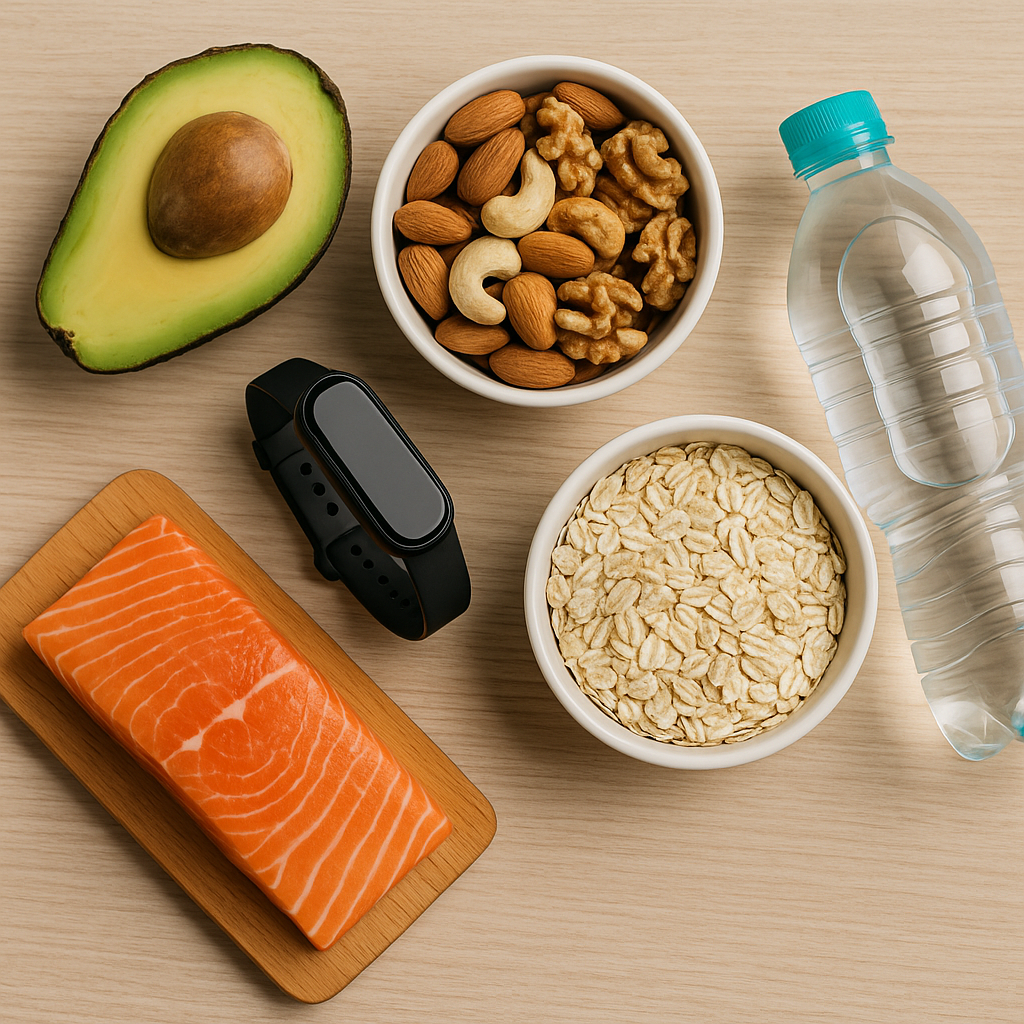Soft gelatin (softgel) capsules have long been the preferred dosage form for filling liquid, semisolid and poorly soluble ingredients in liquid vehicles in the nutraceutical industry. Softgel capsules however have their own set of shortcomings most of which can be resolved or mitigated to a great extent by liquid-filled hard capsules (LFHCs) – a new age and advanced dosage form.
The basic and most vital difference between LFHCs and soft gelatin capsule technologies is the process of encapsulation. In case of LFHCs, two-piece empty capsule shells are procured by nutraceutical manufacturers which are filled with a liquid or semisolid blend of medicament plus inactive ingredients and sealed subsequently. For manufacturing softgel capsules, an integrated process is employed which starts from preparing gelatin solution, to filling and encapsulating which is further followed by capsule drying under controlled operating environment. This entire operation that is carried out in-house by nutraceutical makers is rather cumbersome. Softgel capsules can be filled with only liquids or semisolids whereas LFHCs packed with liquid can further encapsulate tablets, capsules or pellets. Furthermore, the presence of liquid along with tablets, capsules or pellets filled in the capsule helps achieve multiple release profiles in one delivery system.
In addition to gelatin and water, softgel capsules contain plasticizer, usually glycerol, which is hygroscopic in nature, at a concentration of approximately 15%-30%. During the manufacturing of softgel capsules, the moisture content of the gelatin ribbon is approximately 30% to 50%, and equilibrium moisture content is achieved after several hours or in some cases even days of drying, based on the content that has been filled. But before reaching equilibrium moisture content, degradation of the inner content is possible if they contain moisture-sensitive molecules either due to the presence of the plasticizer in the shell or because of the high moisture content of the shell. LFHCs do not contain plasticizer and have significantly lower inherent moisture content, which is compatible with moisture-sensitive ingredients.
The sealing temperature for softgel capsules is 37°C which means whatever is to be filled into these capsules must be in liquid state at this temperature. LFHCs on the other hand can be filled with hot liquids up to 75°C thus allowing a wider variety of ingredients to be filled in.
LFHCs can withstand higher temperature as compared to softgel capsules that under these conditions exhibit a tendency of sticking. Consequently, LFHCs offer longer shelf life. Unlike softgel capsules, LFHCs can be made not only from gelatin but also HPMC which is vegetarian, made of plant-sourced cellulose and well-suited for formulating dietary supplements.
High inherent moisture content, use of plasticizers, the unfeasibility of using ingredients with high melting point, cumbersome processing and the inability to withstand high temperature, are some of the challenges that surface while working with softgel capsules which can be well-managed with LFHCs, making them the ideal delivery system for holding liquids.



